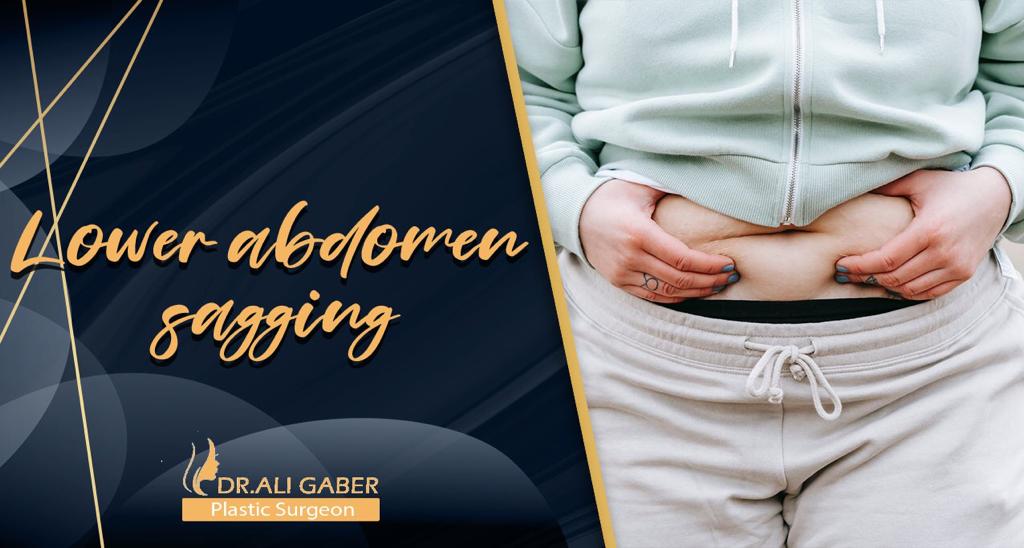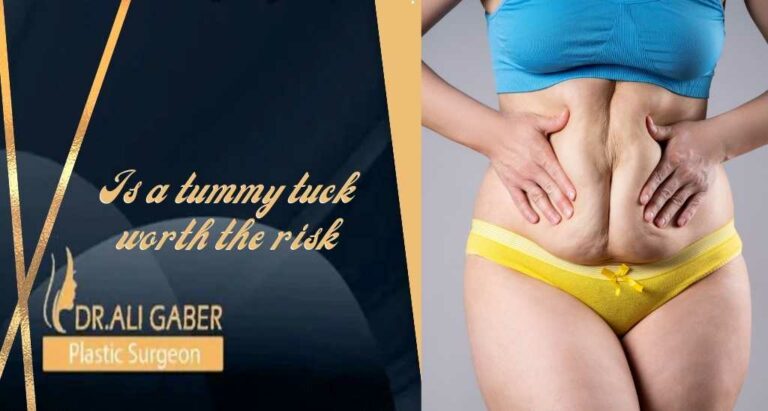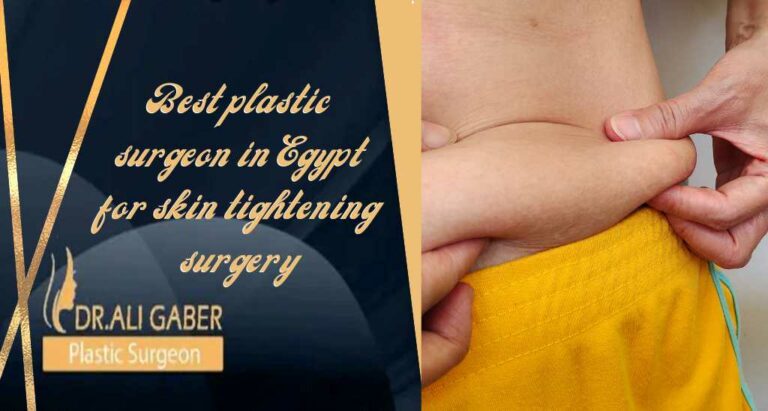Lower abdomen sagging is a common problem among men and women and causes a lot of embarrassment because it spoils the harmonious body shape. This type of sagging is known as the drooping abdomen, and these sagging takes a long time to respond to diets or exercise.
Before starting to determine the appropriate operation to get rid of lower abdominal sagging, it is necessary to identify the causes of this sagging and then determine if a plastic surgery will be performed such as laser or laser liposuction or determine the appropriate obesity surgery according to the body mass index.
What is lower abdomen sagging?
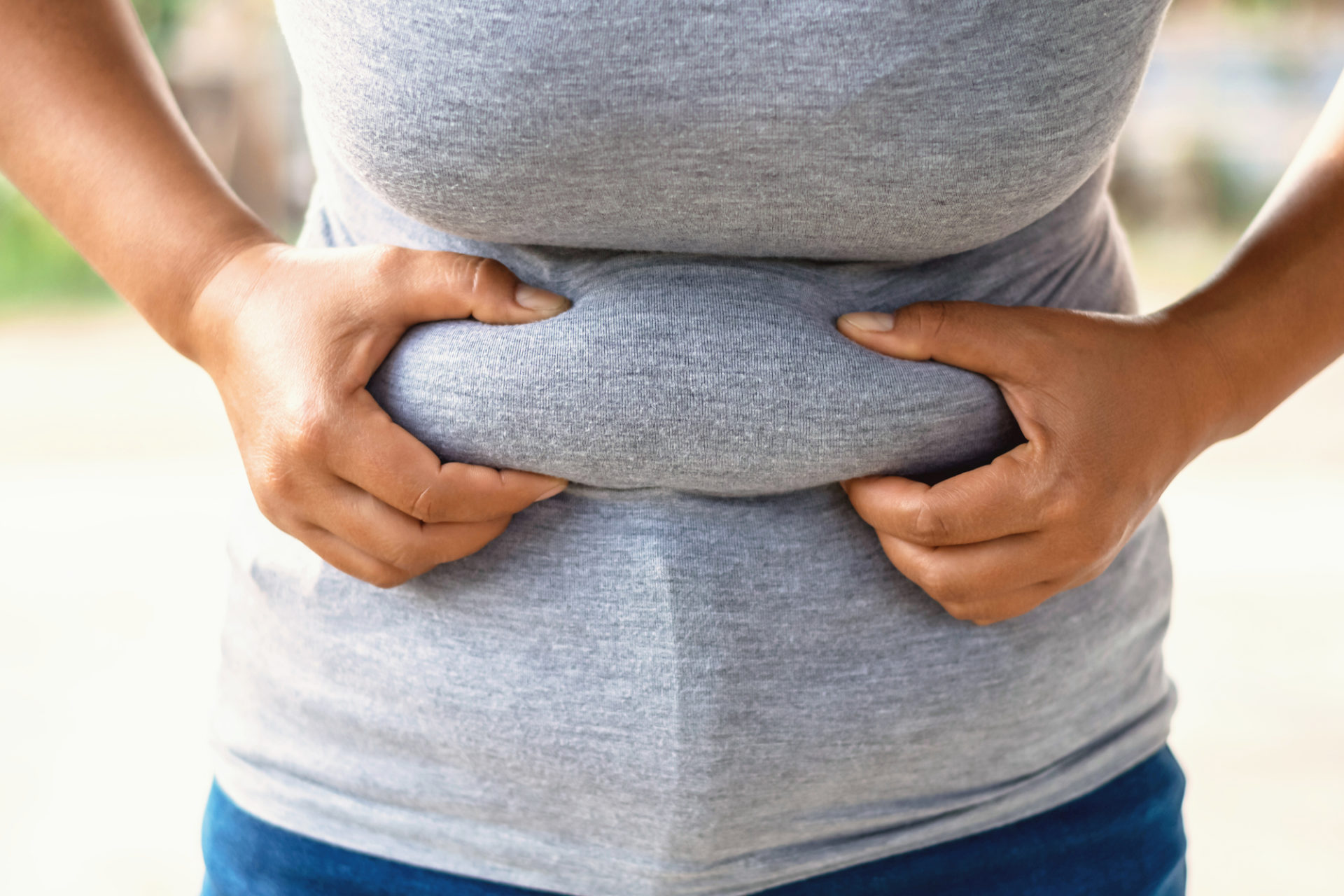
Lower abdomen sagging is a drooping of the lower abdominal area and layers of stubborn fat under the skin that show the abdomen with layers and folds that vary according to the degree of sagging and of course this results in an unpleasant shape of the abdominal area, especially for women’s body to give them greater opportunities and multiple options to wear the clothes they like.
read also: Permanently remove cellulite by laser and get rid of white threads
Types of sagging abdomen
There are many types of abdominal sagging according to the reason for the appearance of this sagging, and the most prominent of those reasons are:
- Abdominal sagging after pregnancy and childbirth, as many changes occur to the abdomen during pregnancy as a result of hormonal changes. After giving birth, women become more susceptible to sagging abdomens.
- Abdominal sagging caused by metabolic problems, as the level of cholesterol in the blood rises, high blood pressure, as well as the level of sugar and fat in the abdomen.
- Sagging of the abdomen resulting from age and menopause, then when the body gains excess weight, most of it is in the abdominal area and it is difficult to get rid of it due to the decrease in estrogen.
- Abdominal sagging caused by fluctuations in weight. With these fluctuations, stubborn fat remains stored under the skin in the abdominal area, causing sagging.
- Abdominal flabbiness resulting from some psychological problems such as tension and stress, which causes a rise in the hormone adrenaline and cortisone in the body, and the accompanying open appetite for eating large quantities of foods, which leads to the formation of fat and sagging abdomen.
- Abdominal sagging caused by bad health habits such as excessive alcohol intake, which increases the number of calories consumed, and consequently an increase in weight and sagging in the abdomen.
Causes of lower abdomen sagging after dieting
After losing large amounts of weight, you may find yourself suffering from sagging lower abdomen and a lot of visceral fat from the umbilical area to the pubic area, there is soft and more elastic fat and often completely mixes with the skin and it may be very difficult to lose this type of fat, and your loss of fats depends on your skin type, age, and genetic factors. As for the size of the sagging, it depends on the amount of weight lost and the elasticity of your skin. The more you lose large amounts of weight, the more sagging problem.
How do you deal with lower abdomen sagging after childbirth?
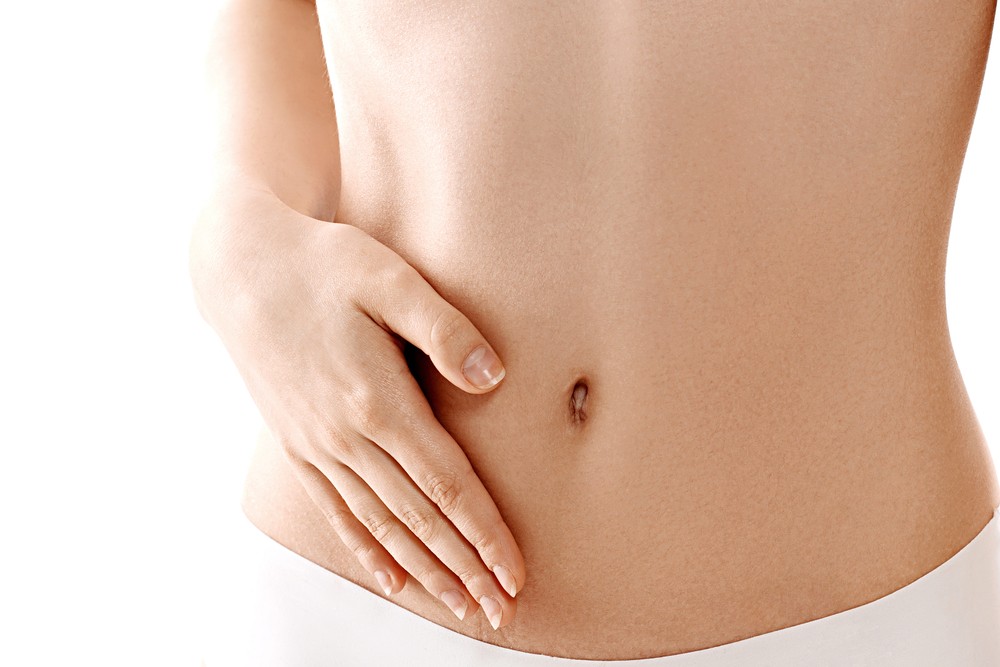
After delivery, the majority of women suffer from the problem of sagging abdomen, the degree of which varies from one woman to another. We offer you some tips that will help you reduce the problem of sagging abdomen, the most important of which are:
- Do abdominal exercises for ten minutes daily.
- Drink large amounts of water.
- Stop eating high-calorie foods and soft drinks.
- Walking daily helps you lose weight gained during pregnancy quickly.
- Breastfeeding is very important in losing weight and also helps burn fat.
- Cardio exercises (running, swimming, and cycling) help you burn fat and help tone loose muscles, but check with your doctor when you can start doing them.
- Eating healthy food rich in fibres, fruits and proteins will help you restore your body in a healthy way and avoid fats that cause sagging.
Lower abdomen sagging treatment by liposuction and tightening
The best solution to the problem of sagging lower abdomen is through a tummy tuck procedure, in which excess fat and flabby skin are removed, in addition to tightening the muscles of the abdominal wall, giving the person a flat stomach and consistent with the shape of the body.
One of the operations that completely treats the lower and upper abdomen sagging is the 360 process, also known as the belt tightening process, in which the entire abdomen is sculpted 360 degrees to get rid of fatty accumulations on the sides, lower and upper abdomen.
Preparations to remove lower abdomen sagging
Good preparation for lower abdominal sagging surgery increases the chances of its success and reduces the rates of complications and potential risks. These preparations include:
- Conducting medical examinations and analysis determined by the doctor.
- If the woman is planning to become pregnant, the operation should be postponed until the completion of childbearing.
- Abdominoplasty is not a means to lose weight, so it is not suitable for obesity cases until after losing weight first.
- Abdominoplasty is a suitable procedure for both men and women who are in good health and at a stable weight, and it is preferable to stop smoking long enough before the operation.
- Do not try to follow a strict diet before the operation, just eat full and balanced meals, because a healthy diet helps to recover from the operation faster.
- Avoid over-the-counter medications, some herbal and nutritional supplements, and tell your doctor about all medications you are taking.
Operation steps
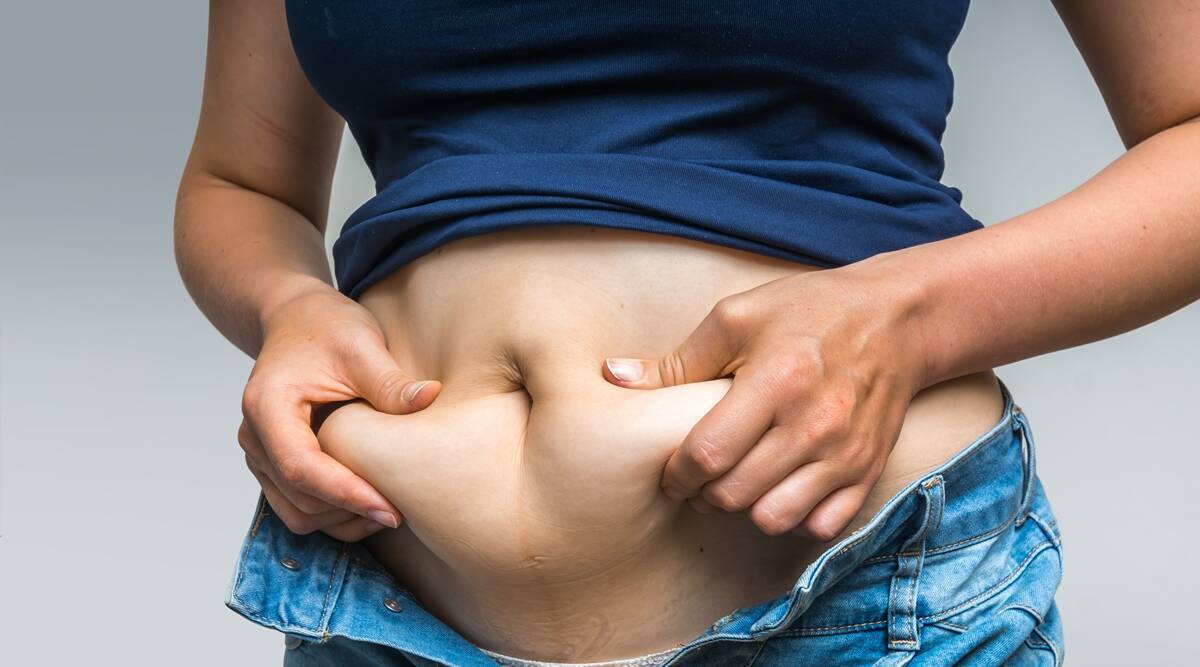
The lower tummy tuck procedure is performed in the following steps:
- The first step is to give the patient complete anesthesia.
- The doctor makes a horizontal curve incision on the abdomen from the right hip bone to the left hip bone.
- Another incision is made at the navel to tighten the abdomen in a better way.
- Liposuction is performed to get rid of stubborn fatty tissue under the skin.
- Then the flabby abdominal muscles are tightened using internal sutures.
- The doctor removes the loose skin and tightens the remaining skin well.
- Then he closes the incisions with sutures, and the new navel position is adjusted.
Recovery period
During the first weeks after the tummy tuck procedure, patients suffer from swelling and bruising in the incision area. Do not worry, these symptoms will gradually disappear.
read more: Newest liposuction devices |Dr. Ali Gaber

